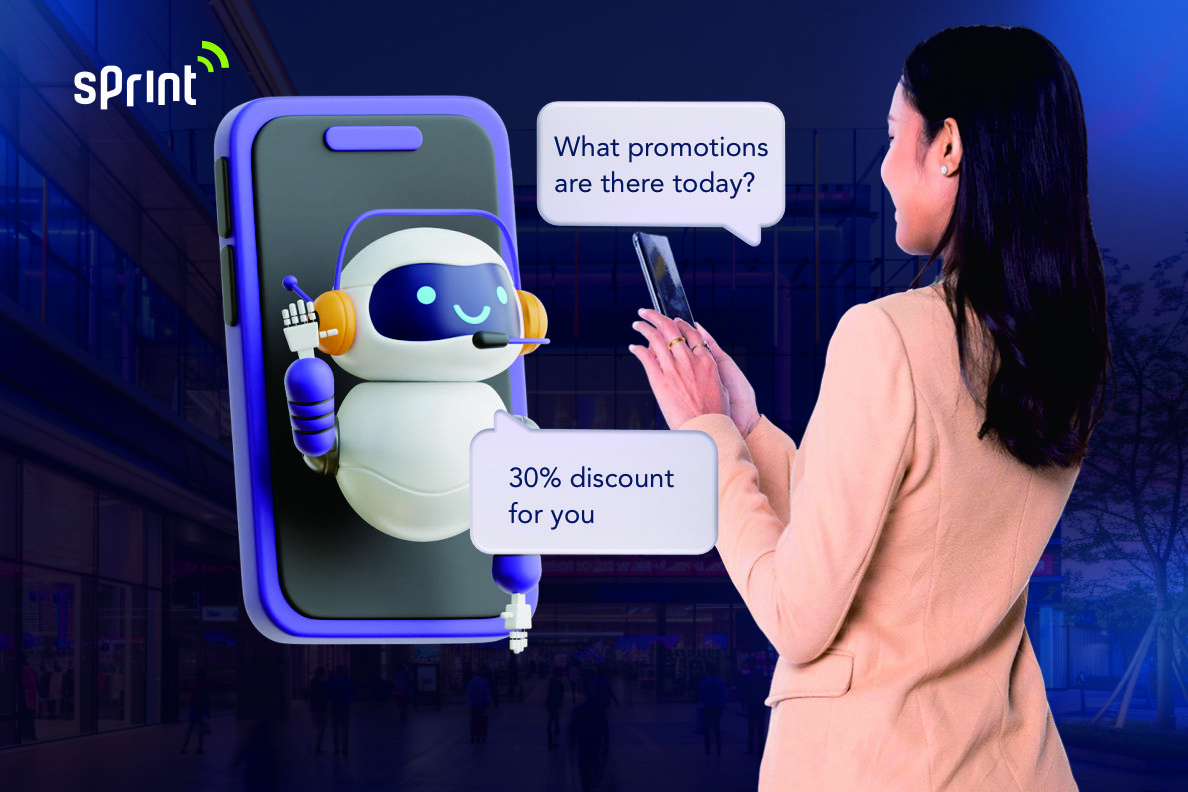Hyper-Personalization: What is it?

Hyper-personalization is an evolution of traditional customer personalization. In today’s fast-paced digital world, customers expect experiences that are highly relevant and tailored specifically to them. As a result, broad, one-size-fits-all marketing strategies are no longer effective. Businesses are now adopting hyper-personalization—a method that leverages real-time data, artificial intelligence (AI), and advanced analytics to create unique, individualized customer experiences.
One example comes from Cadbury, which used consumer data—such as age, location, and preferences gathered from users’ Facebook profiles—to create highly personalized videos. This campaign achieved a 65% increase in click-through rates and a 33.6% conversion rate.
How Hyper-Personalization Differs from Traditional Personalization
Traditional personalization might include using a customer’s first name or recommending products based on previous purchases. Hyper-personalization goes much further by using real-time data, behavioral analysis, and advanced technologies to deeply understand a customer’s preferences, habits, and needs—and then deliver content, products, or services that feel custom-made.
For example, imagine receiving a fitness app notification that suggests a workout plan based on your recent activity, current stress level (tracked by a wearable device), and even the local weather. Or an e-commerce platform that recommends products not just based on your purchase history, but also your browsing behavior, social media activity, and location. That’s hyper-personalization in action.
How Hyper-Personalization Works
Several technological advancements have made hyper-personalization possible:
- Big Data & Analytics: Data from social media, browsing history, and more gives businesses unprecedented insights into customer behavior.
- AI & Machine Learning: These technologies process large volumes of data in real time, identify patterns, and predict customer preferences with high accuracy.
- Automation Tools: Marketing automation platforms help deliver personalized messages and offers at scale, making every interaction feel one-of-a-kind.
- Customer Data Platforms (CDPs): These systems consolidate customer data from various touchpoints into a single, comprehensive profile for each individual.
The Benefits of Hyper-Personalization
Hyper-personalization has a profound impact on the customer experience:
- Stronger Customer Engagement: Delivering relevant content helps foster deeper relationships with customers.
- Increased Customer Loyalty: When customers feel understood and valued, they’re more likely to stay loyal to a brand.
- Higher Conversion Rates: Personalized offers are more likely to resonate, leading to increased sales and revenue.
- Greater Customer Satisfaction: Tailored experiences reduce friction and make interactions more enjoyable.
- Competitive Advantage: In a crowded marketplace, hyper-personalization can help a brand stand out and win customer preference.
Challenges of Hyper-Personalization
Despite its benefits, implementing hyper-personalization comes with challenges:
- Data Privacy Concerns: Collecting and using customer data must be done transparently and in compliance with regulations like GDPR and CCPA. Earning customer trust is essential.
- Data Silos: Fragmented data across systems can hinder a unified view of the customer. Investing in integrated platforms like CDPs is critical.
- Resource Intensity: Hyper-personalization requires significant investment in technology, skilled talent, and infrastructure.
- Balancing Automation with Human Touch: While automation is key to scaling personalization, brands must ensure interactions still feel authentic and human.
Real-World Example: Spotify
Spotify’s Discover Weekly playlist is a prime example of hyper-personalization in action. It curates a personalized mix of songs for each user based on their listening history.
The Future of Hyper-Personalization
As technology continues to evolve, the potential for hyper-personalization grows. Emerging trends include predictive analytics, voice-enabled personalization, and AI-generated content. Integration of augmented reality (AR) and virtual reality (VR) will also allow for even more immersive and personalized experiences.
However, as businesses embrace these innovations, they must also navigate ethical considerations. Finding the right balance between personalization and privacy is crucial for maintaining customer trust and achieving long-term success.
Conclusion
Hyper-personalization represents a paradigm shift in how businesses engage with their customers. By using data and technology to deliver uniquely tailored experiences, brands can deepen relationships, drive engagement, and stay ahead in an increasingly competitive landscape. In the future, the brands that master hyper-personalization will be the ones that thrive in an empowered consumer era.




